Dangerous Highway Crossing
Highway 177 is 60 mph with a blind spot directly across from the house. Safely use the highway underpass to the Fox Creek Trail just south of the visitor center parking lot. Be smart, stay alive.
Bison are in the Breeding Season
A reminder that bison are going about their normal life cycle and may be more aggressive. A raised tail is a warning sign and the animal may charge or give chase. Please give a wide distance, at least 100 yards. You can also hike around Windmill Pasture.
| Title | Tallgrass Prairie |
| Park Code | tapr |
| Description | Tallgrass prairie once covered 170 million acres of North America, but within a generation most of it had been transformed into farms, cities, and towns. Today less than 4% remains intact, mostly in the Kansas Flint Hills. Established on November... |
| Location | |
| Contact | |
| Activities |
|
| Entrance fees |
|
| Campgrounds | Count: 0
|
| Places | Count: 8
Bottomland Nature TrailThis stop offers a little of everything for a short visit. The small parking lot is equipped with bike rack, picnic tables, and comfort station restrooms. The one-mile figure-8 gravel is wheelchair accessible in dry conditions and dog friendly. Interpretive signs provide light reading. Spaced benches allow for a short rest to enjoy the surrounding wildlife. The loop connects to the grassy Fox Creek Trails for longer walks. 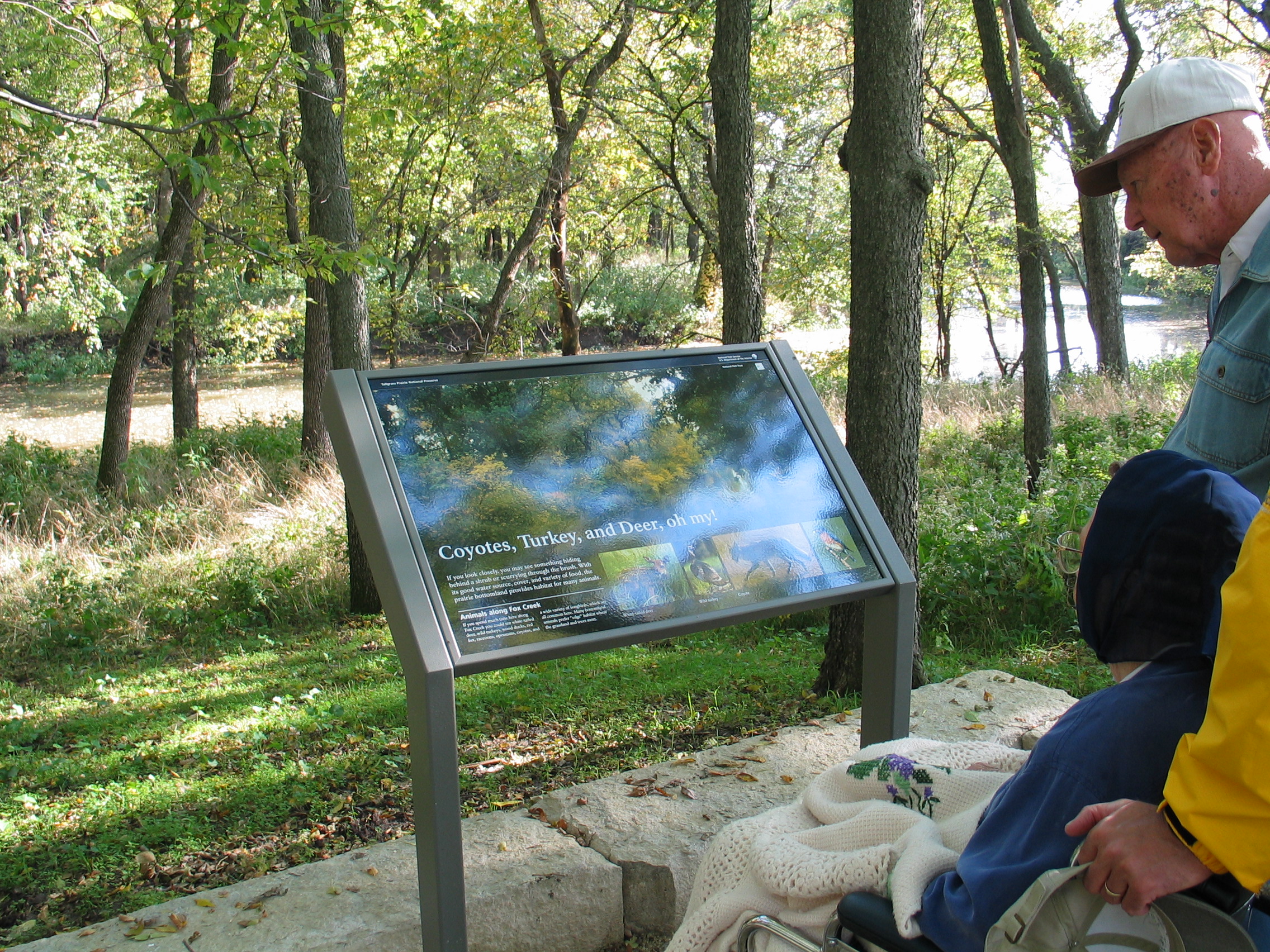
Lower Fox Creek SchoolhouseThe Lower Fox Creek Schoolhouse District #14, completed in 1882, was just one of many signs that a more settled, stable, and established existence was taking shape in the American West. One-room schoolhouses would soon spread across the West as settlers established themselves, believing that only through education and knowledge could a child one day fully participate in American society. The school was operational from 1882 to 1930 and served neighboring children. 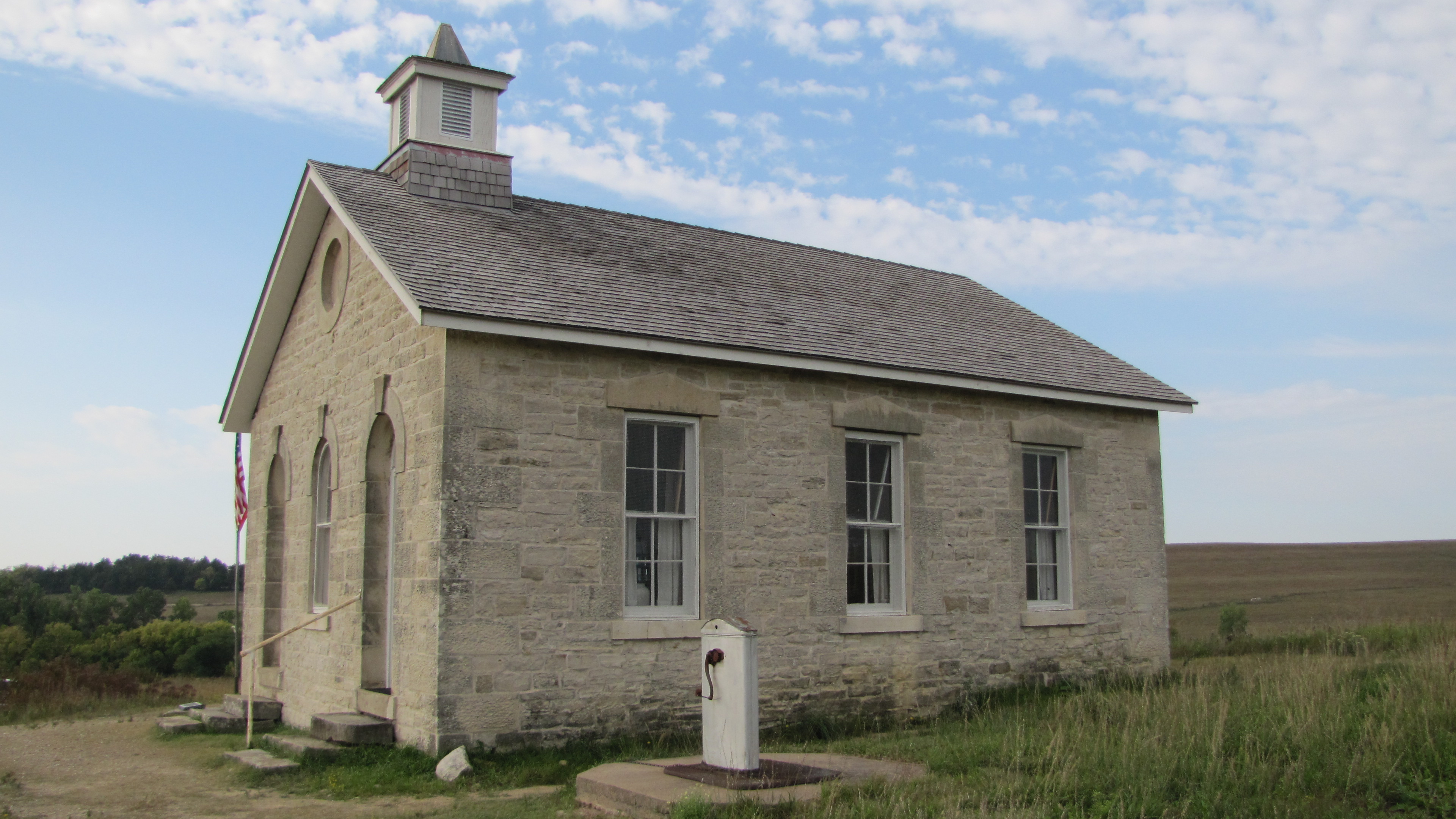
Scenic Overlook TrailThe Scenic Overlook Trail is open 24 hours every day. It winds 3.2 miles (5.3 km) one-way through the center of the preserve to a 1492 ft (456 m) hilltop. The wide gravel trail starts at the visitor center or at the ranch complex. It continues into the Windmill Pasture where bison roam freely. Visitors are cautioned to keep at least 100 yards (92 m) distance from the bison. More safety information on bison can be found at the visitor center. 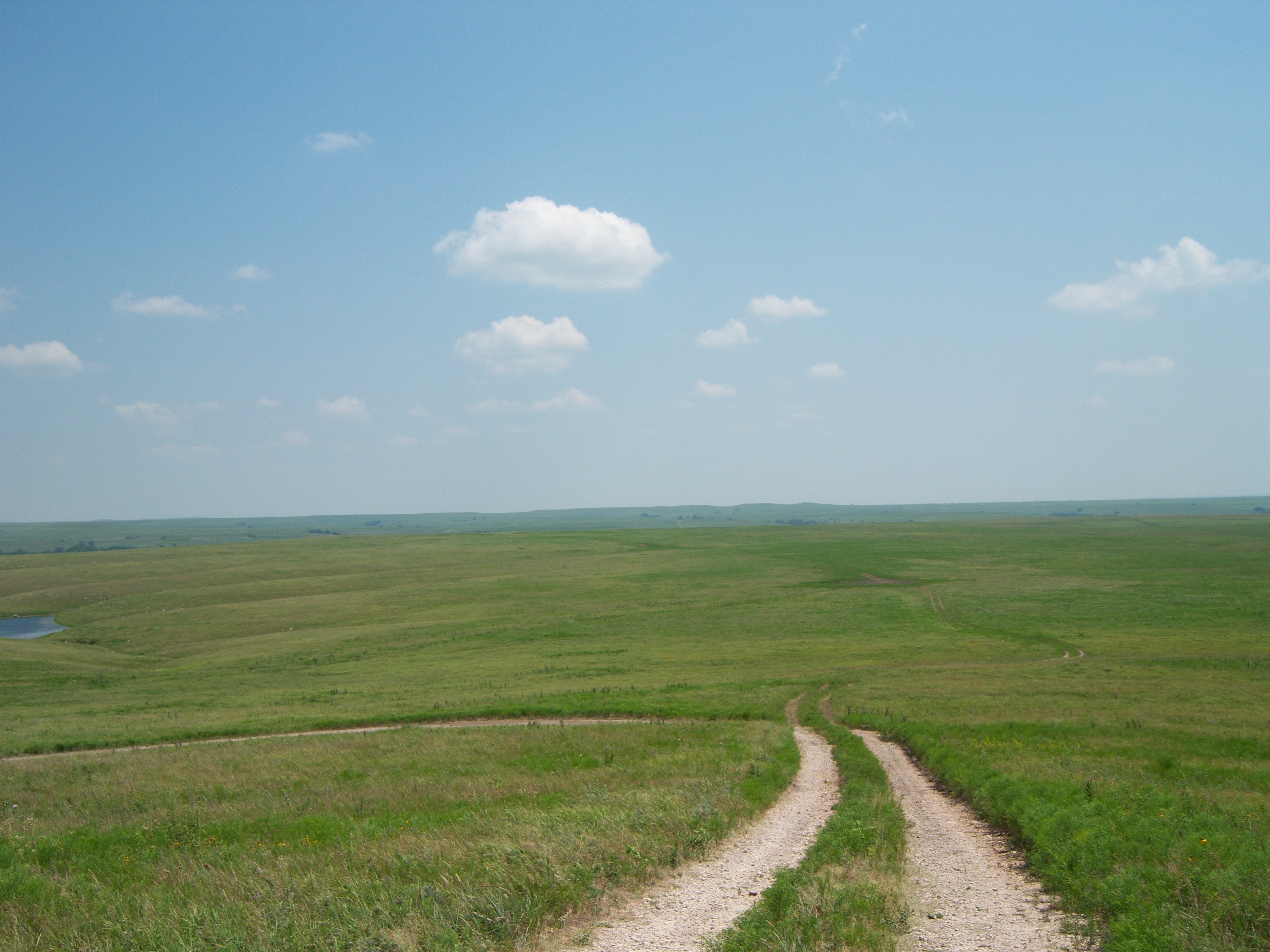
Southwind Nature TrailSouthwind Nature Trail is open 24 hours every day. It starts from four locations on Spring Hill Ranch. Visitors can loop around and see the Lower Fox Creek School from a distance. Two overlooks highlight the 1.9 miles (3.1 km) dog-friendly trail through prairie and lightly wooded areas. The hike is along a mainly gravel path with some steps and uneven surfaces. For visitors wanting an easy prairie experience, this is the most popular trail. 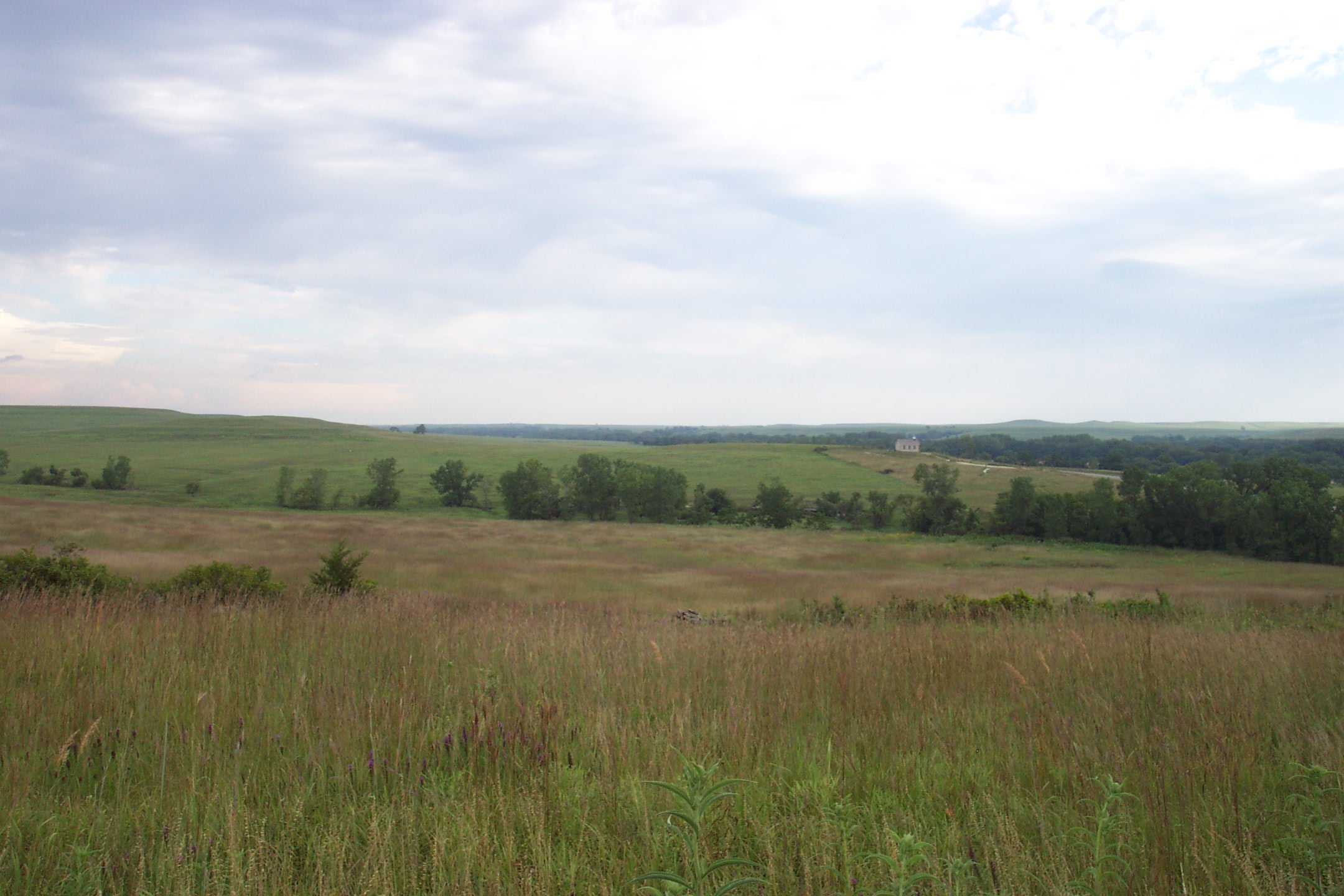
Spring Hill Farm and Stock Ranch BarnThe massive 1882 barn of the Spring Hill Farm and Stock Ranch stands as an impressive example of form following function. The barn is a working center of the ranch. Storing hay, grain, and farm equipment, and housing animals have given it a beautiful working form. Its function has varied through many decades of activity. It measures 60 x 110 feet and three floors. At one time a large double header windmill was placed on the north side of the roof. It was later removed. 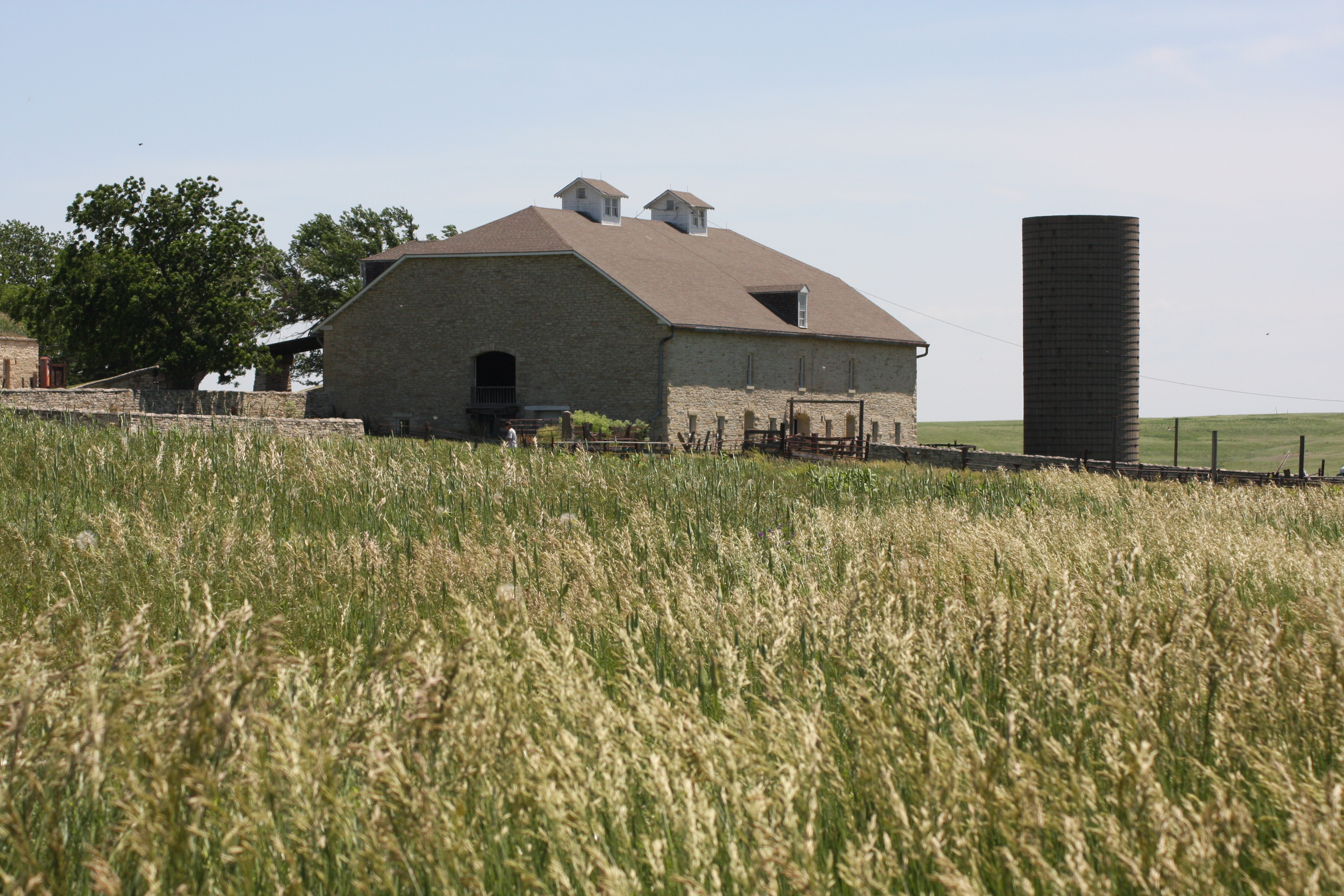
Spring Hill Ranch HouseThe grand four-level ranch house forms the centerpiece of the Spring Hill Farm and Stock Ranch. Completed in 1881, it stands as a beautiful example of French Second Empire architecture, a style popular in the late 19th century. This large stately home is also an example of great change in the American West: the transition from small ranches on the vast open range to large enclosed ranching businesses, laying the foundations for the present-day American cattle industry. 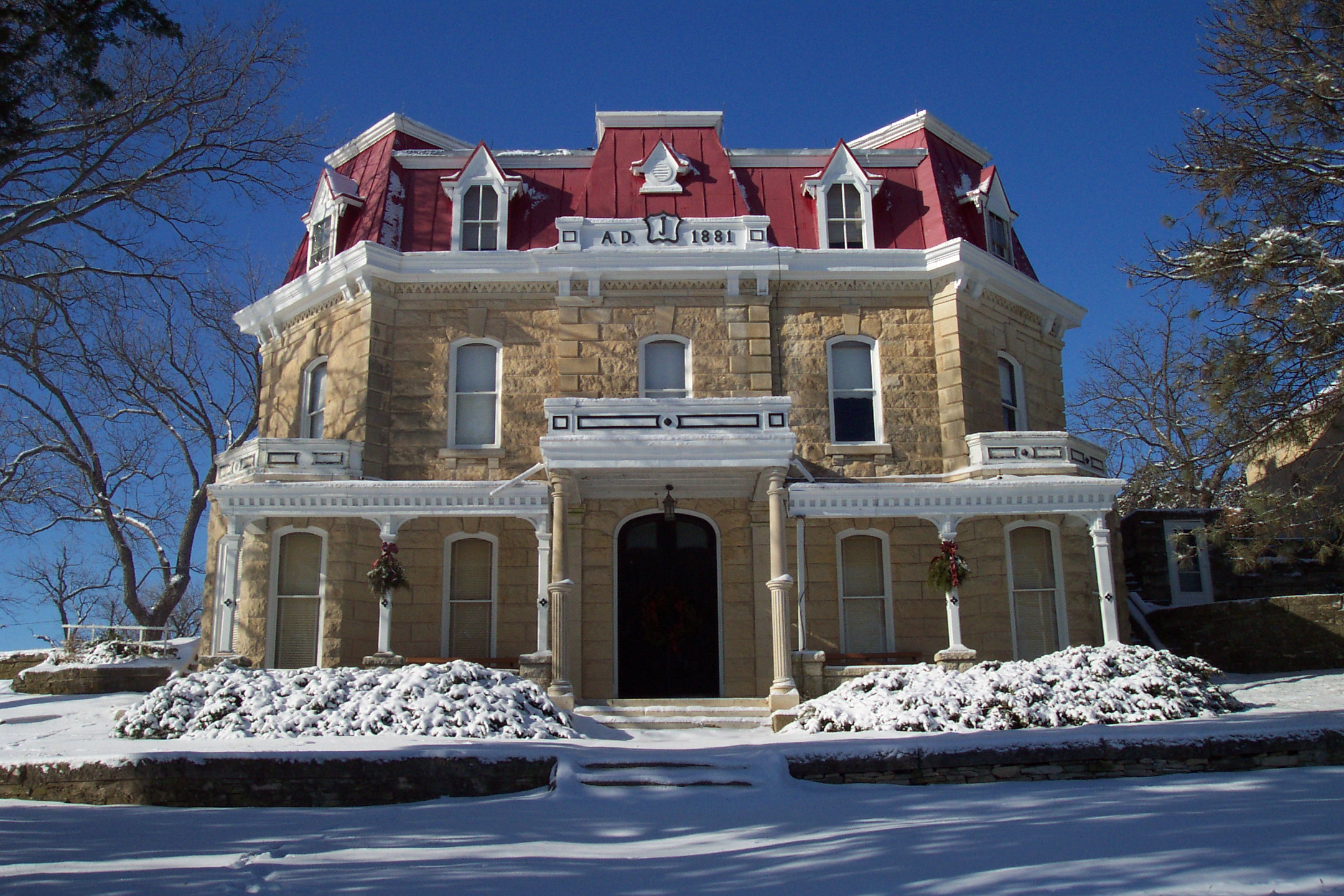
Tallgrass Prairie National PreserveTallgrass prairie once covered 170 million acres of North America, but within a generation most of it had been transformed into farmland. Today less than 4% remains intact, mostly in the Kansas Flint Hills. Established on November 12, 1996, the preserve protects a nationally significant remnant of the once vast tallgrass prairie ecosystem. Here the tallgrass makes its last stand. 
Tallgrass Prairie National Preserve Visitor CenterTallgrass Prairie National Preserve Store merchandise is provided by Eastern National. 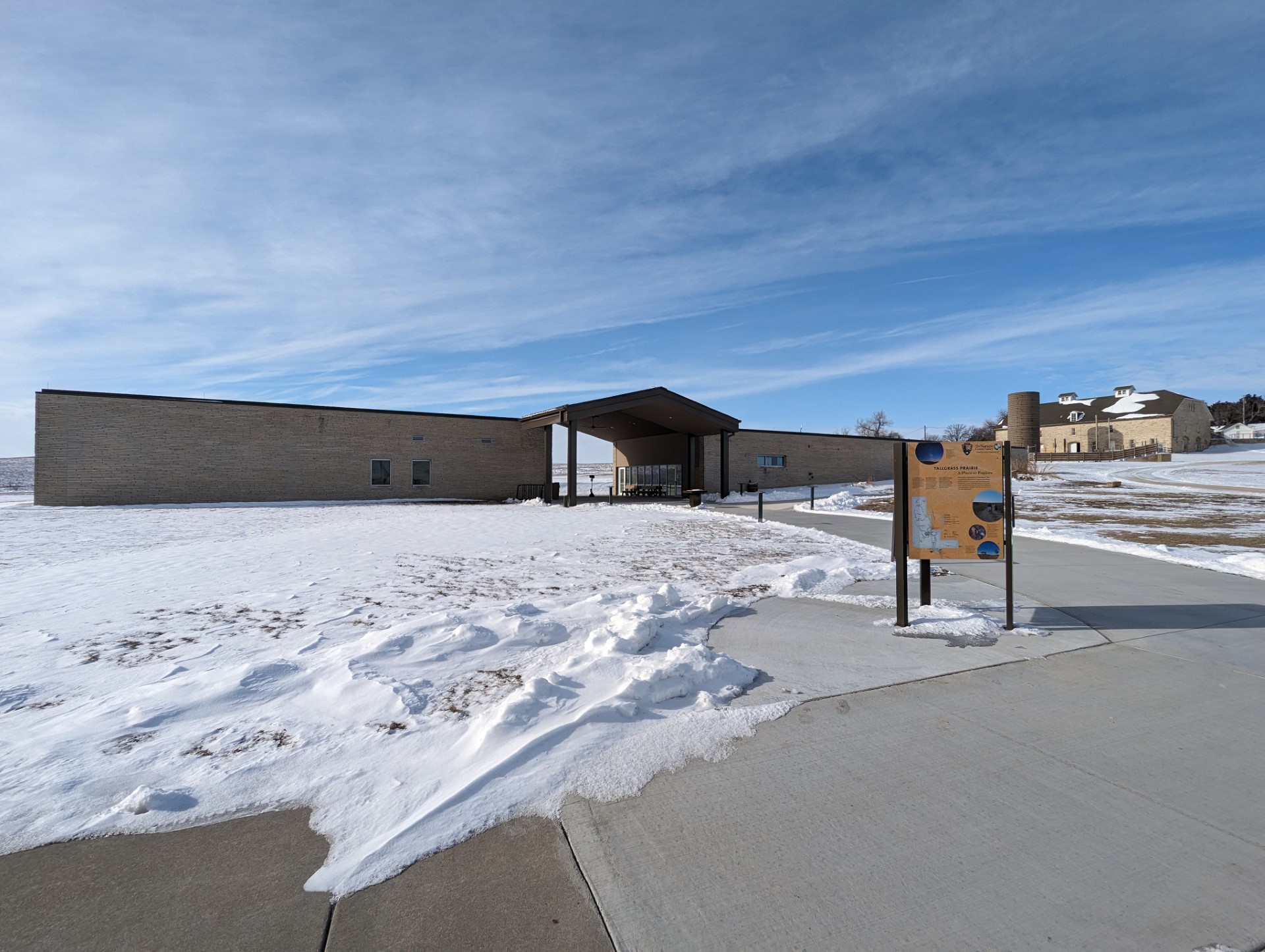
|
| Visitor Centers | Count: 1
Tallgrass Prairie National Preserve Visitor Center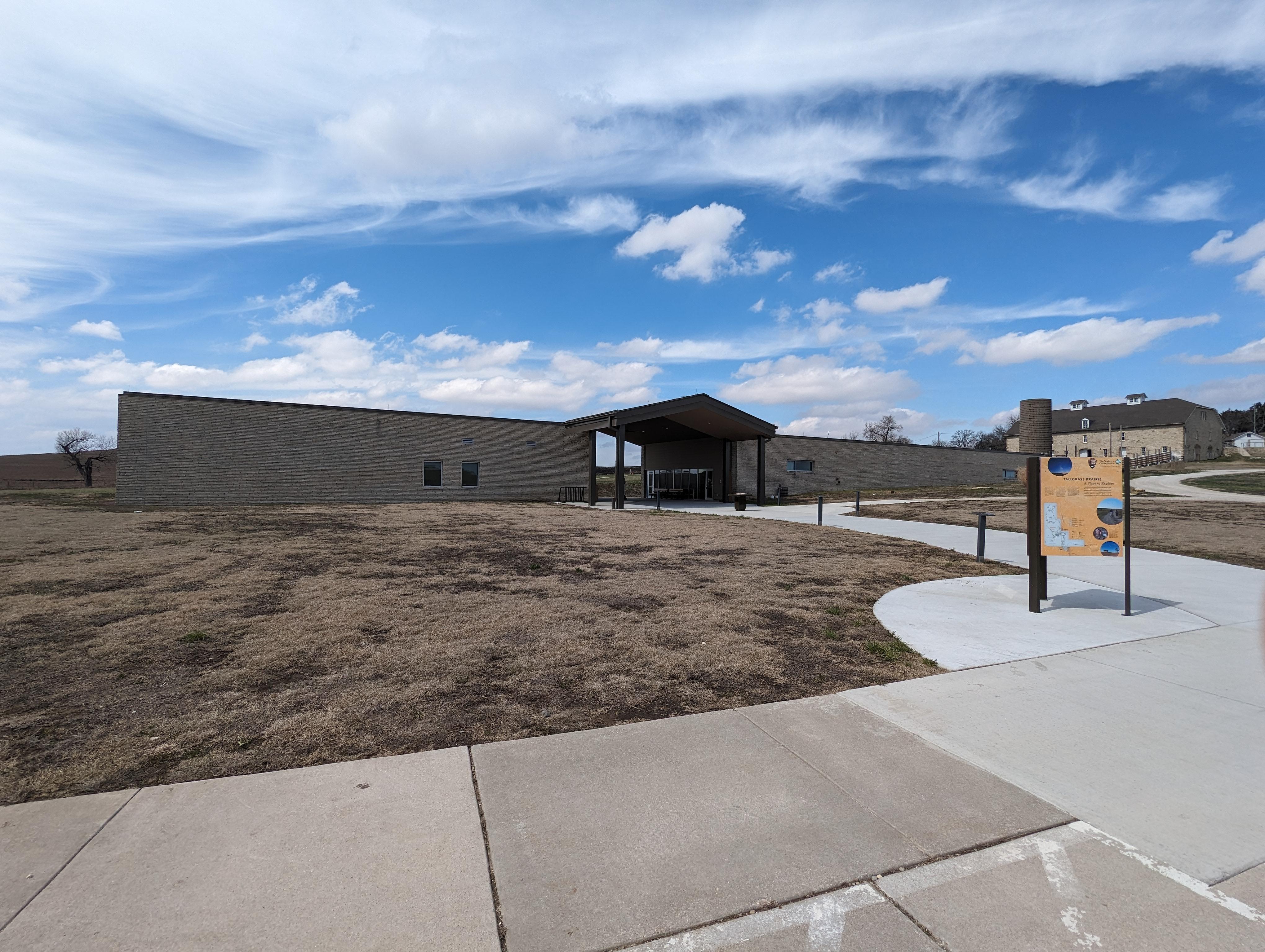
|
| Things to do | Count: 7
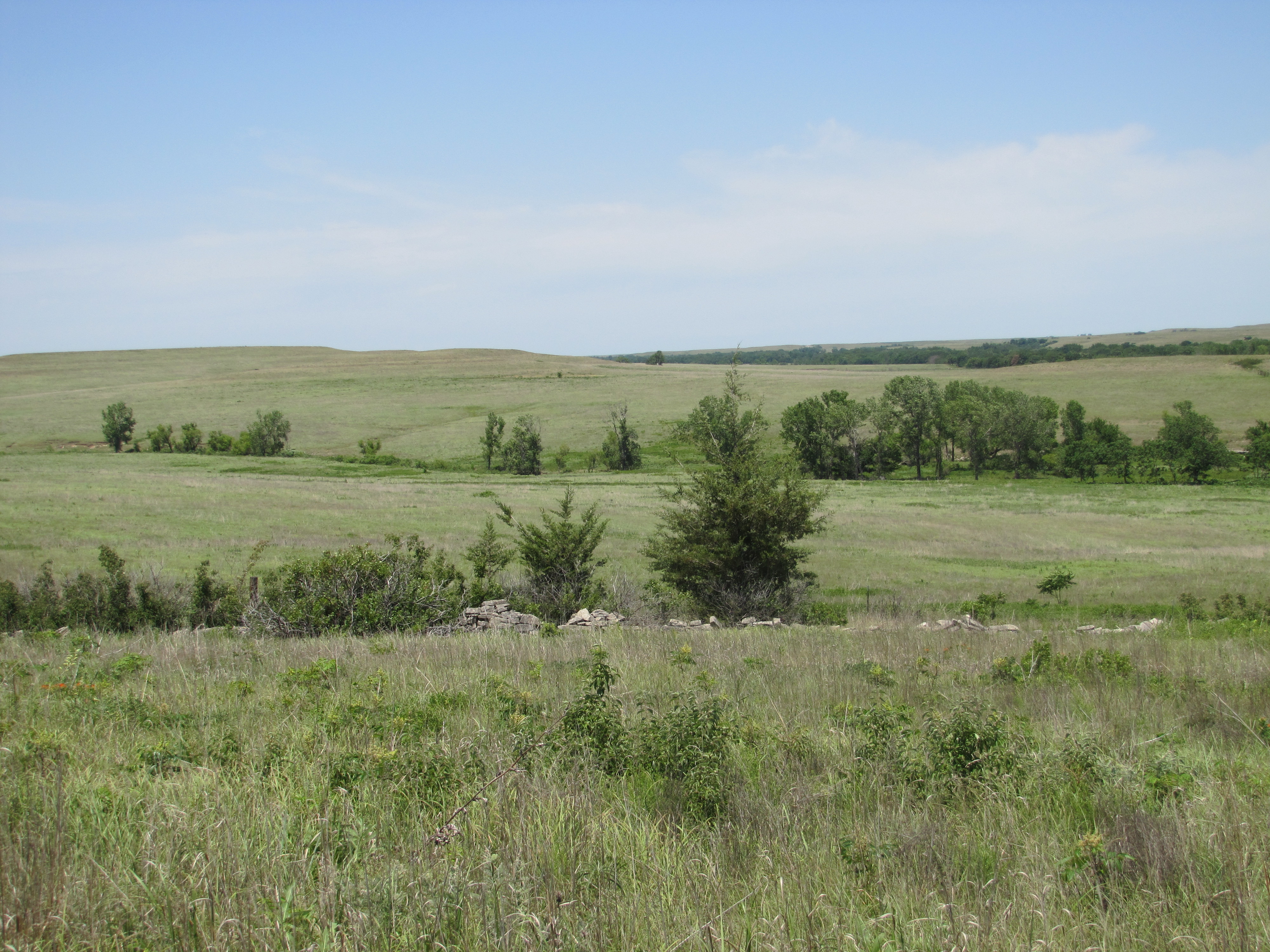
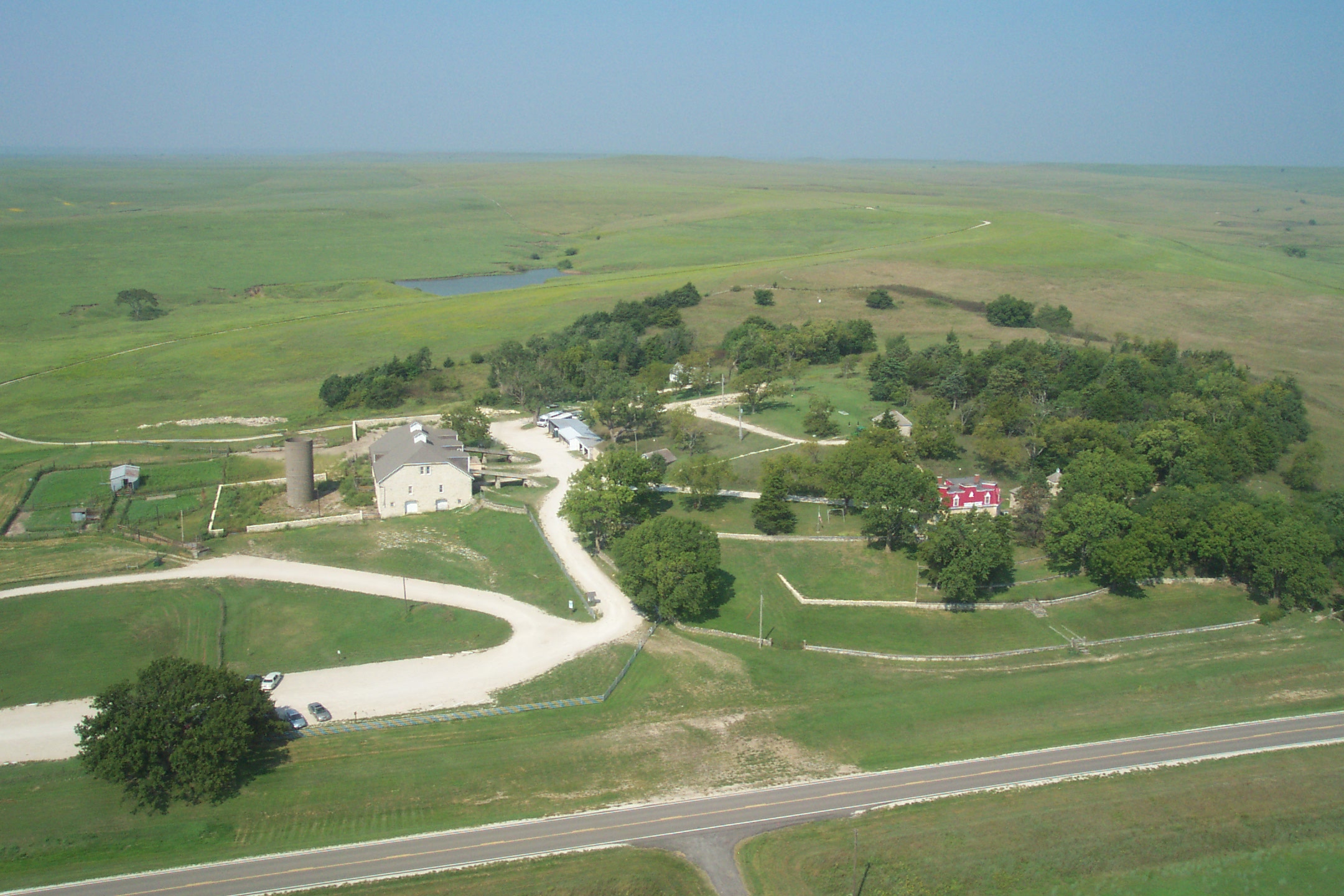
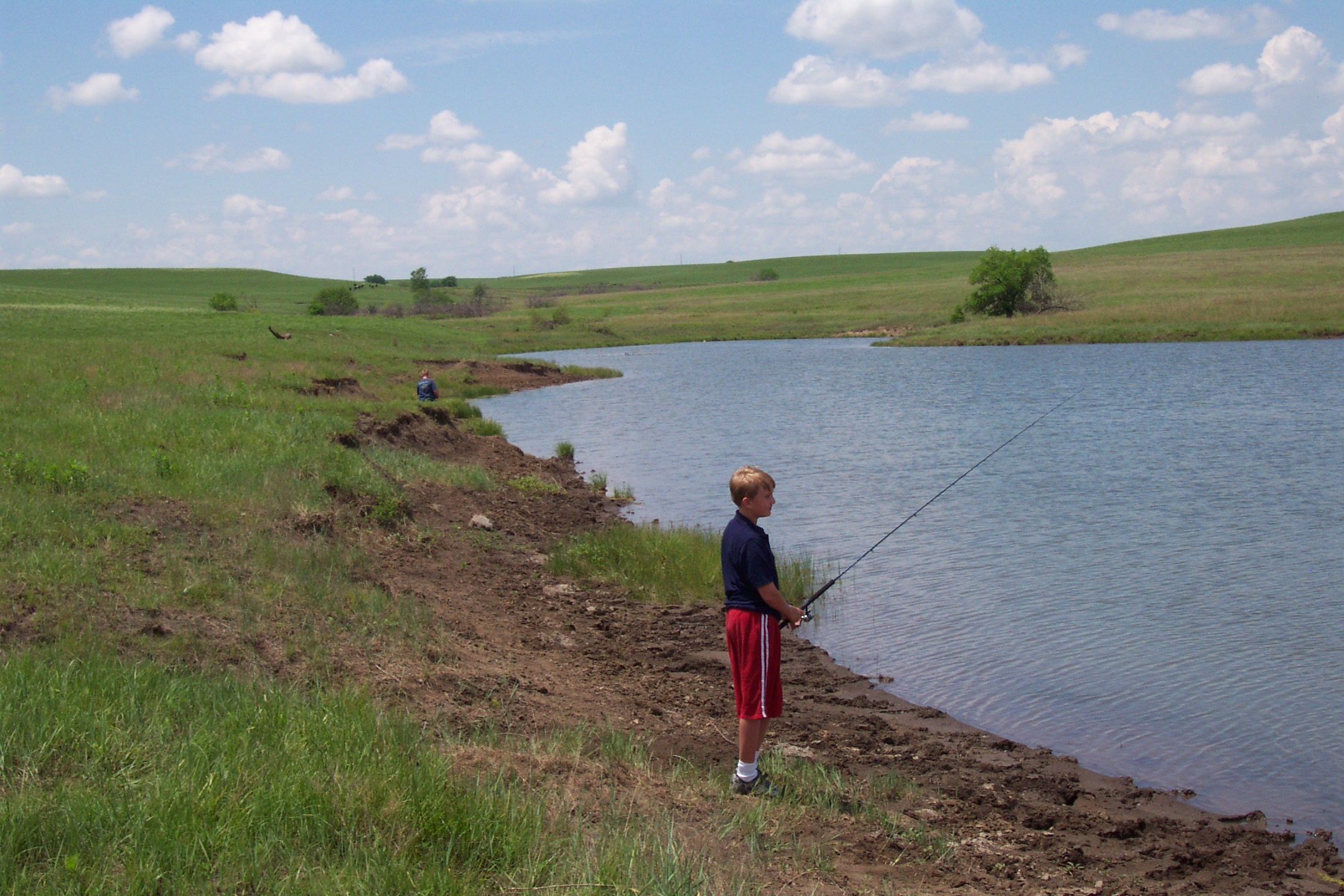
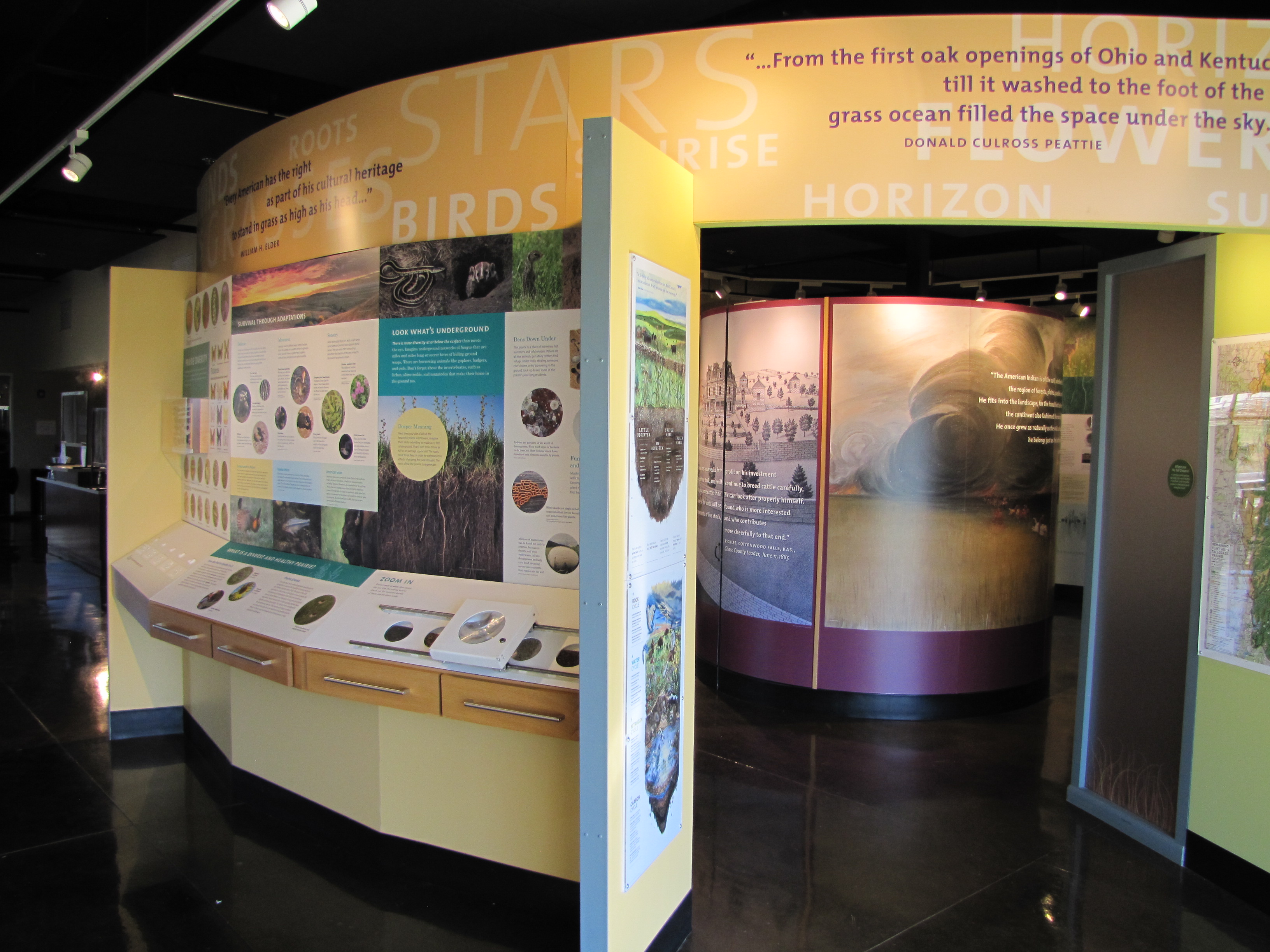
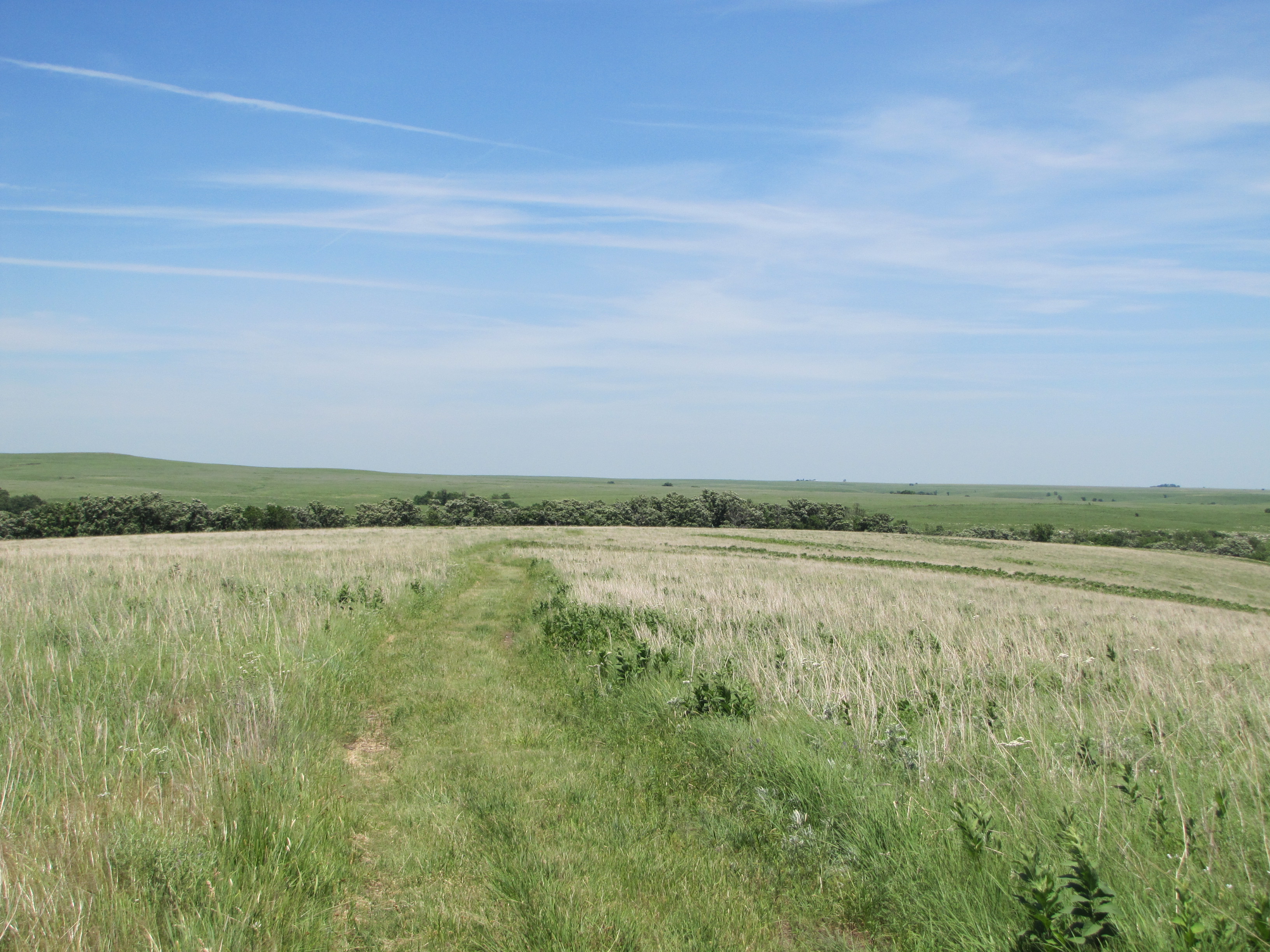
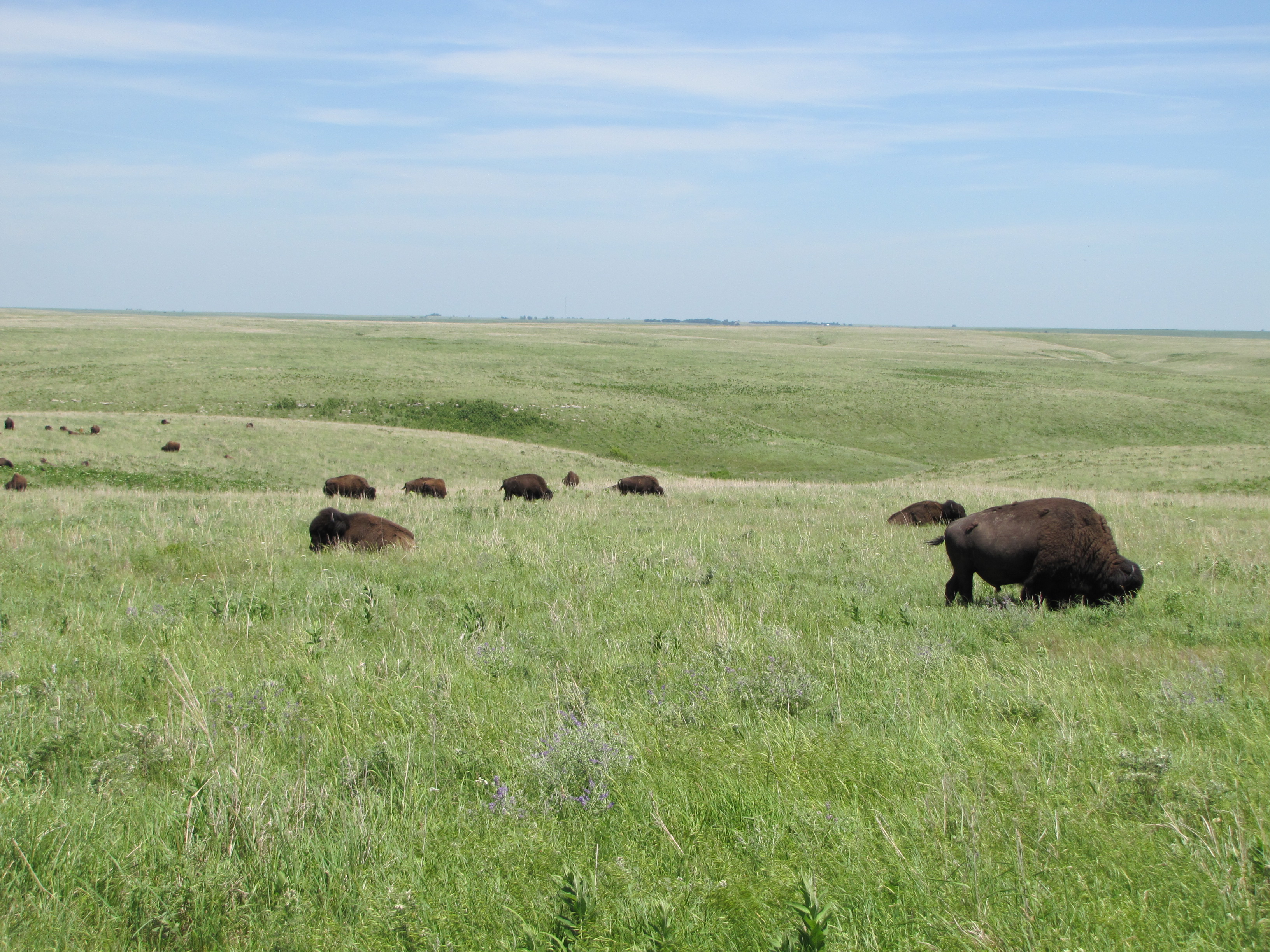
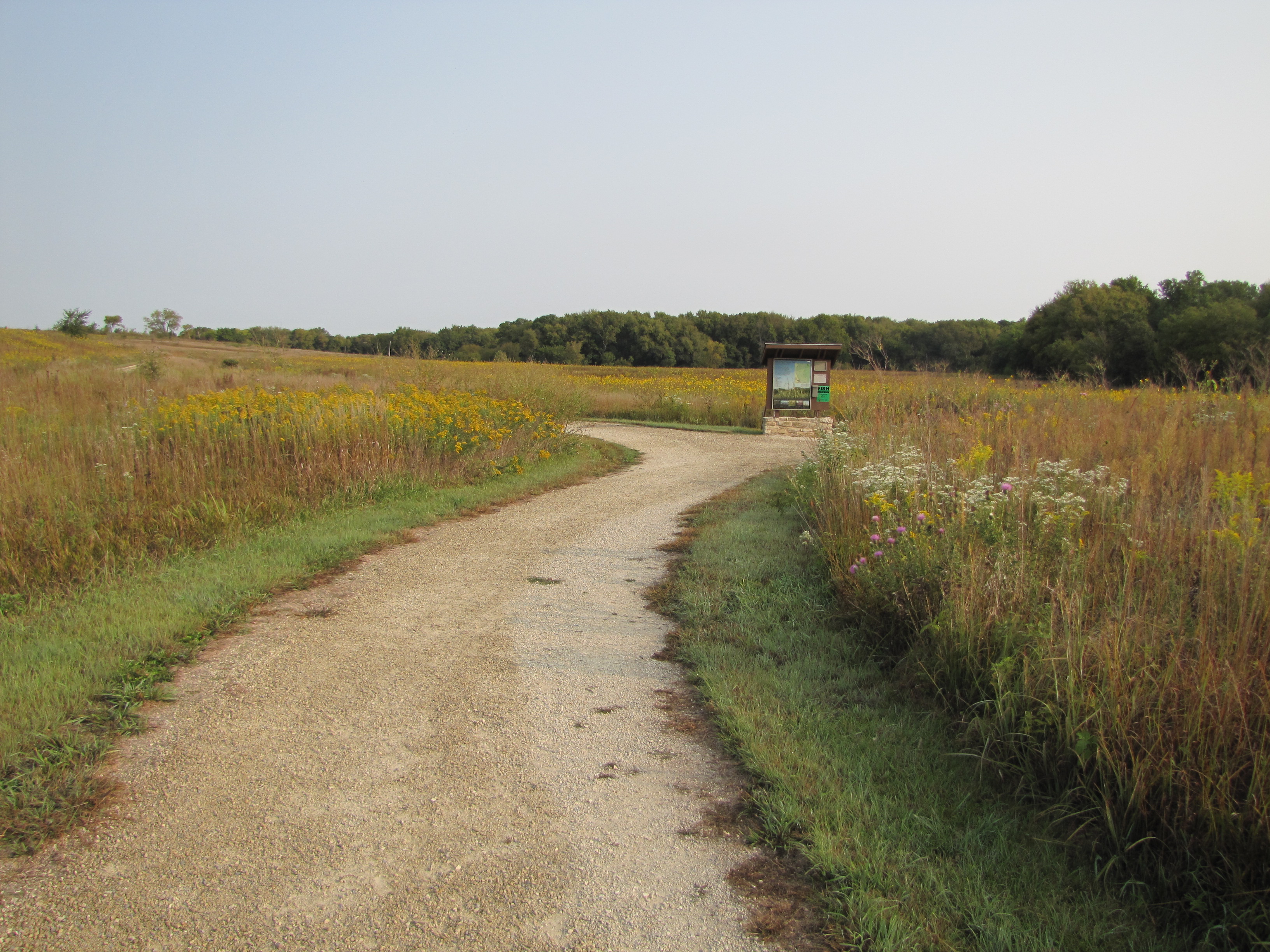
|
| Tours |
Count: 1
Spring Hill Ranch Buildings and Southwind Nature Trail TourThis walking tour will highlight the main buildings of the Spring Hill Farm and Stock Ranch and provide an opportunity to hike through a portion of preserved tallgrass prairie. |
| Articles |
|